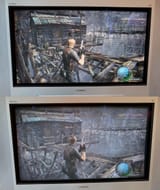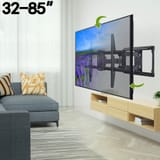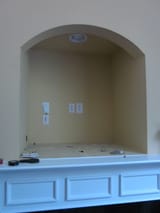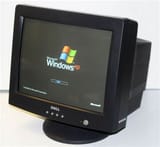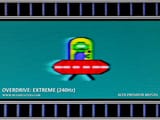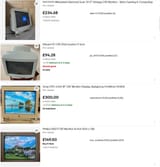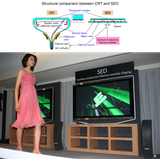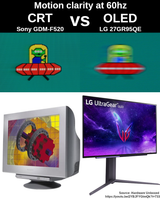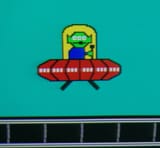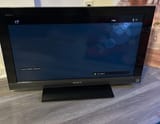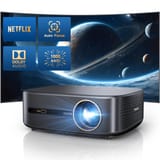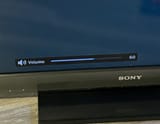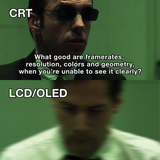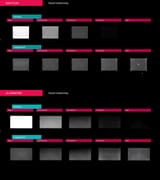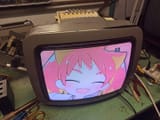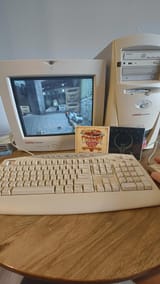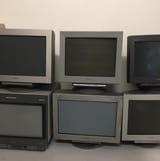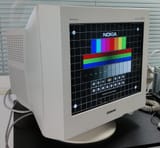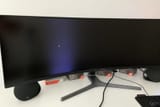>>105980548
zoom zoom crt tard. re read
Use of specialty chemicals and processes
High manufacturing cost
Large physical weight
Bulky and deep form factor
High energy consumption
Fragile glass construction
Significant electromagnetic emissions
Required degaussing to prevent distortion
Magnetic field interference
Limited resolution scalability
Flicker at low refresh rates
Poor geometry and convergence consistency
Curved screen distortion
High heat output
Noisy operation (internal coil buzz)
Complex analog calibration required
Long warm-up time for color stability
Limited brightness compared to LCD/LED
Environmental concerns over leaded glass
Obsolete parts and repair difficulties
Lower contrast ratio compared to OLEDs
Viewing angle issues at extremes
Larger packaging and shipping costs
Safety issues in case of implosion
Harder to mount or wall-hang
Difficult recycling process
Limited color accuracy consistency over time
Screen glare from glass surface
Lower pixel density
Greater physical storage space required
Lower aesthetic appeal in modern environments
Higher failure rates in aging units
Aging phosphors reduce image quality
Heavier environmental footprint overall
CRT technology not well-suited for mobile devices
Scarce engineering expertise as workforce retires
Harder to automate manufacturing compared to flat panels
Flicker and eye strain for some users
Interlaced scan issues with modern content
Not suitable for modern HDR standards
Limited production volume made them niche
Fewer economies of scale as LCD production ramped up
Harder to implement touchscreens
Disruptive to surrounding electronics due to EMI
Not scalable to very large screen sizes easily
Subpar color uniformity across screen
Mechanical wear from built-in fans and moving parts
Declining support from content and device manufacturers
Regulatory pressures over hazardous materials
Compatibility issues with digital broadcasting
And most importantly, people stopped buying them when LCDs hit the market
